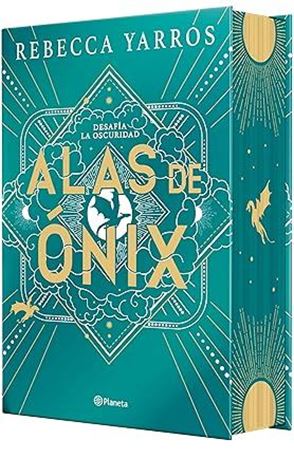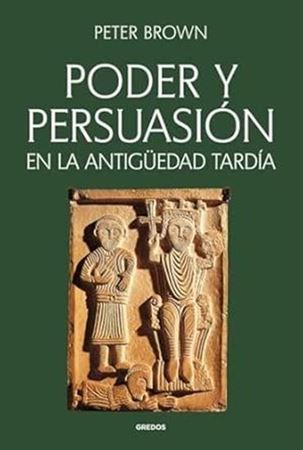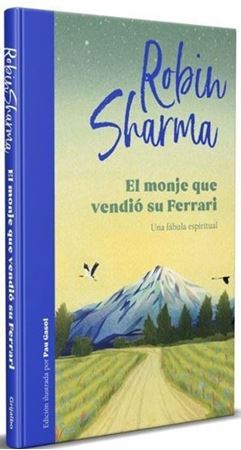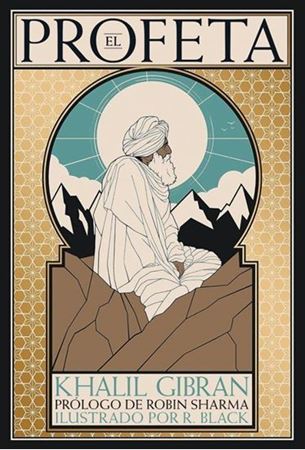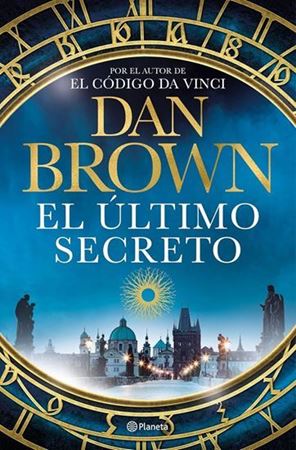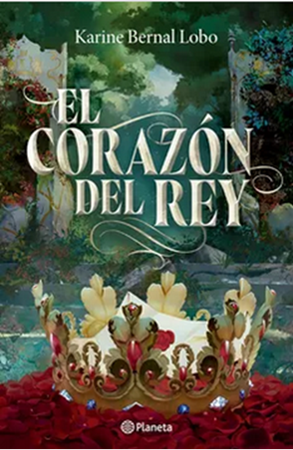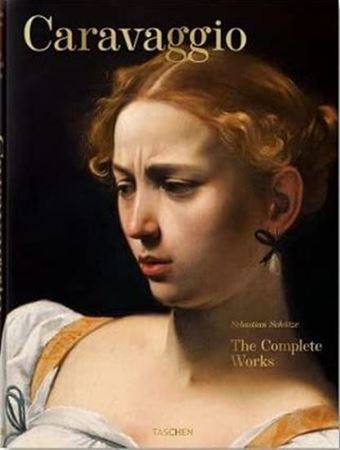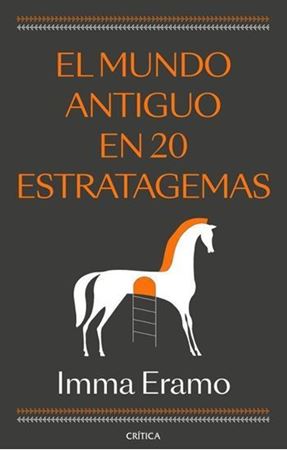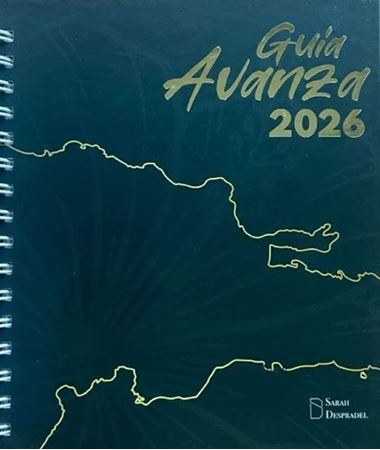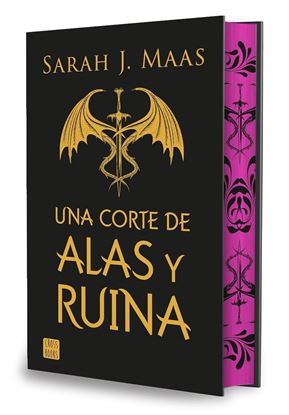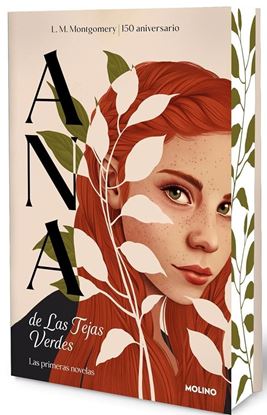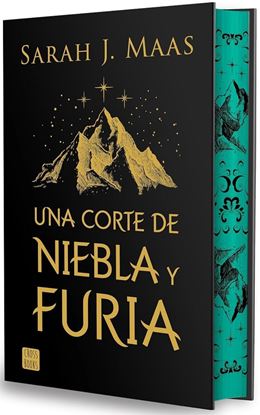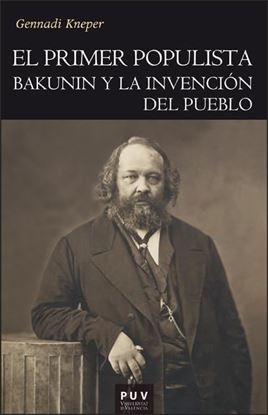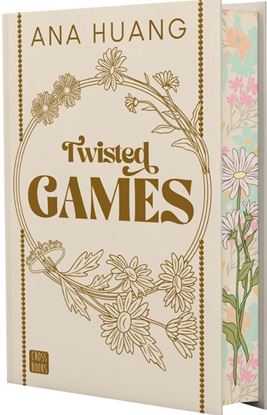

NOVEDADES
UNA CORTE DE ALAS Y RUINA (3) (ED. ESP)
Feyre regresa a la Corte Primavera, decidida a reunir información
sobre los planes de Tamlin y del rey invasor que amenaza con destruir
Prythian. Para esto deberá formar parte de un peligroso, e incluso letal,
juego de engaño. Un juego en el que un simple error podría condenar
no solo a Feyre sino también a todo el mundo a su alrededor.
A medida que la guerra avanza sin tregua, Feyre deberá posicionarse
como alta fae y luchar por controlar y dominar sus dones mágicos;
tendrá que determinar en cuáles de los deslumbrantes altos lores puede
confiar y necesitará buscar aliados en los lugares más insospechados…
Porque llegan tiempos oscuros, en los que la tierra se teñirá de
rojo mientras majestuosos ejércitos luchan por apoderarse del único
objeto que podría destruirlos a todos.
1,900
1,520
LOS SECRETOS DE LA CONTRAINTELIGENCIA
Qué objetivos persigue la contrainteligencia y qué misiones realiza. Por qué es importante para nuestro país y cuáles son nuestros enemigos. Por qué debemos contar con unos servicios de inteligencia a la altura de nuestras necesidades de defensa y seguridad nacional.
Del CESID al CNI; de la inteligencia de fuentes humanas (HUMINT) a la lucha por la supremacía tecnológica; desde la importancia crucial de la seguridad en las empresas privadas hasta la rivalidad entre España y Marruecos, las injerencias rusas o los fallos israelíes ante la estrategia de Hamás. Bienvenidos a la guía más completa sobre inteligencia y contrainteligencia en España, repleta de casos célebres como CRYPTO AG, la red ECHELON o Pegasus, así como una sólida contextualización de las campañas de desinformación y las operaciones de influencia que siembran la confusión y debilitan a las democracias occidentales.
1,900
1,520
ANA DE LAS TEJAS VERDES. PRIMERAS NOVELA
Las tres primeras novelas de la saga Ana de Las Tejas Verdes reunidas por primera vez en una edición de lujo para disfrutar como nunca de las peripecias de una de las heroínas más queridas de la historia de la literatura.
Pero es mucho mejor ser Ana de Las Tejas Verdes que Ana de ningún lugar, ¿no?
Conocer a Ana de Las Tejas Verdes es conocer a todas las niñas que alguna vez soñaron trasladar la magia de los libros a su realidad de cada día...
Quizá ese es el secreto de la inmortalidad del personaje creado por Lucy Maud Montgomery: su don para encontrar la belleza en lo común. Convirtiendo a un simple cerezo en la Reina de las Nieves, pero también iluminando con su mirada tan perspicaz como maravillada el pueblo de Avonlea y a sus habitantes, desde el dolorosamente tímido, pero siempre amable, Matthew, hasta la entrometida Rachel Lynde o a la estricta Marilla y su gran corazón.
1,900
1,520
UNA CORTE DE NIEBLA Y FURIA (2) (ED ESP)
Tras haber superado más pruebas de las que un corazón humano puede soportar, Feyre regresa a la Corte Primavera con los poderes de una alta fae. Sin embargo, no consigue olvidar los crímenes que se vio obligada a cometer para salvar a Tamlin y a su pueblo, ni el perverso pacto que forjó con Rhysand, el alto lord de la temible Corte Noche.
Mientras Feyre es arrastrada hacia el interior de la oscura red política y pasional de Rhysand, una guerra inminente acecha y un mal mucho más peligroso que cualquier reina amenaza con destruir todo lo que Feyre alguna vez intentó proteger. Ella podría ser la clave para detenerlo, pero solo si consigue dominar sus nuevos dones, sanar su alma rota y decidir su futuro y, junto a él, el de todo un mundo en crisis.
1,900
1,520
EL PRIMER POPULISTA (BAKUNIN)
Este libro, estimulante y provocador, presenta al famoso libertario Mikhail Bakunin bajo un prisma poco habitual. Gracias a su enfoque innovador, que compagina el riguroso análisis de las fuentes históricas con un amplio uso de referencias literarias, sitúa al ilustre rebelde como uno de los fundadores del populismo. Al afirmar la importancia del "pueblo" como actor político soberano, Bakunin desafió a las élites dominantes de la Europa ochocentista y se convirtió en uno de los revolucionarios más peligrosos de su época. En un mundo marcado por la opresión y la desigualdad, sus ideas tuvieron eco en quienes buscaban un cambio radical. El libro, que contextualiza el legado de Bakunin en el panorama político del siglo XIX, destaca su papel junto a otros defensores de la gente común como Marx, Mazzini, Proudhon y Pi i Margall. Además, demuestra en qué medida el concepto bakuniniano de "pueblo" como pieza central en la construcción de una sociedad libre y equitativa anticipó los planteamientos populistas de épocas posteriores, así como los debates actuales sobre el populismo y la democracia participativa .
1,900
1,520
TWISTED 2. TWISTED GAMES. EDICION ESP.
Ella es inalcanzable? excepto para él. Descubre la saga más explosiva del momento.
Arrogante y engreído, Rhys Larsen es un guardaespaldas de lujo que tiene dos normas:
1) Proteger a sus clientes a toda costa.
2) No vincularse emocionalmente. Jamás.
Y nunca tuvo la menor tentación de romper estas reglas? hasta que llegó ella.
Ella es Bridget von Ascheberg: una princesa con un temperamento incontenible y un fuego escondido capaz de reducir a ceniza cualquier regla de Rhys.
Esta es la historia de un amor inesperado e imposible? y lleno de fantasías prohibidas.
1,900
1,520

